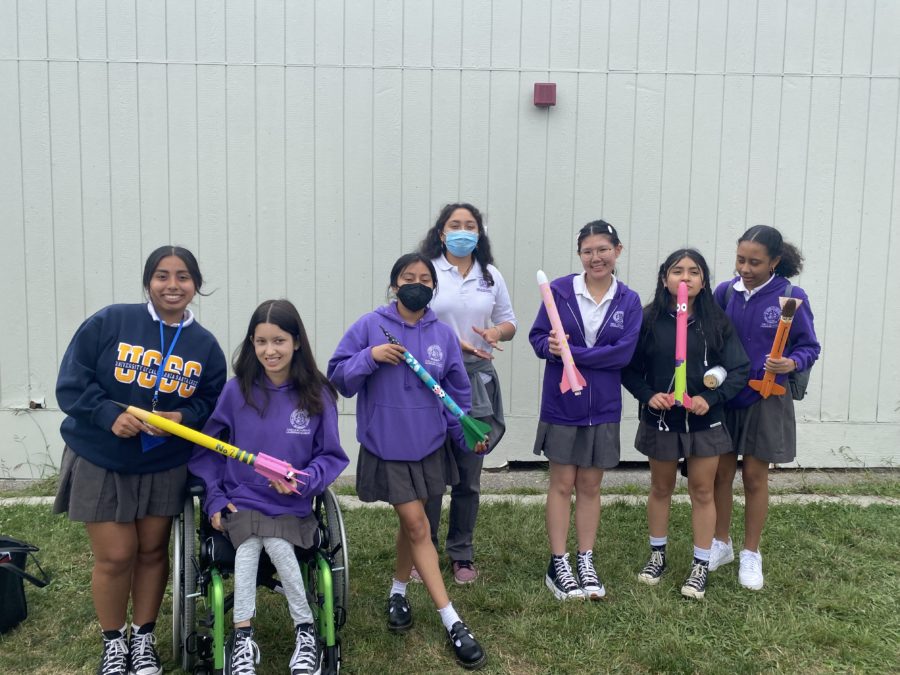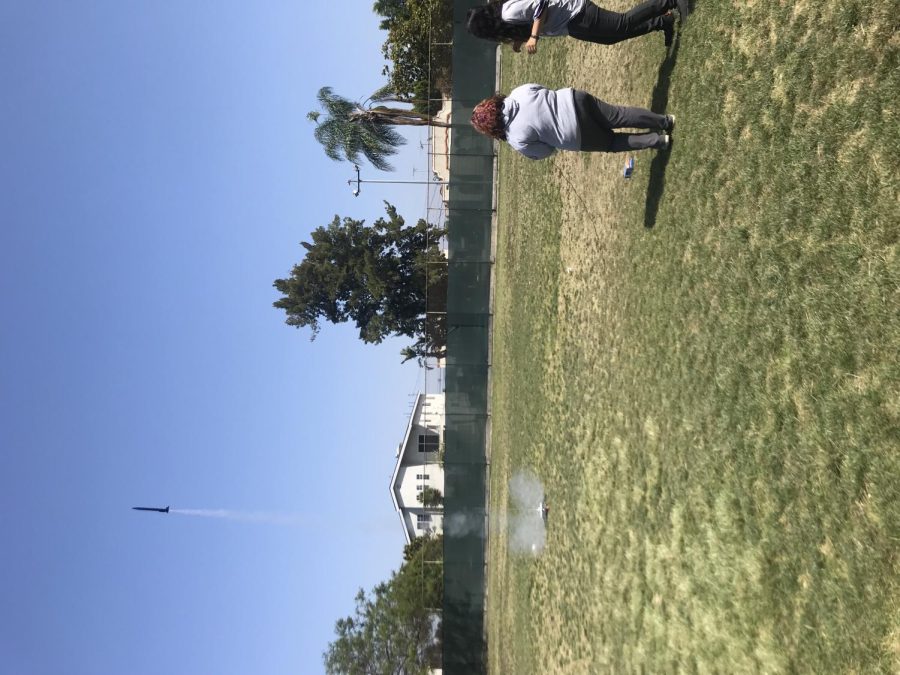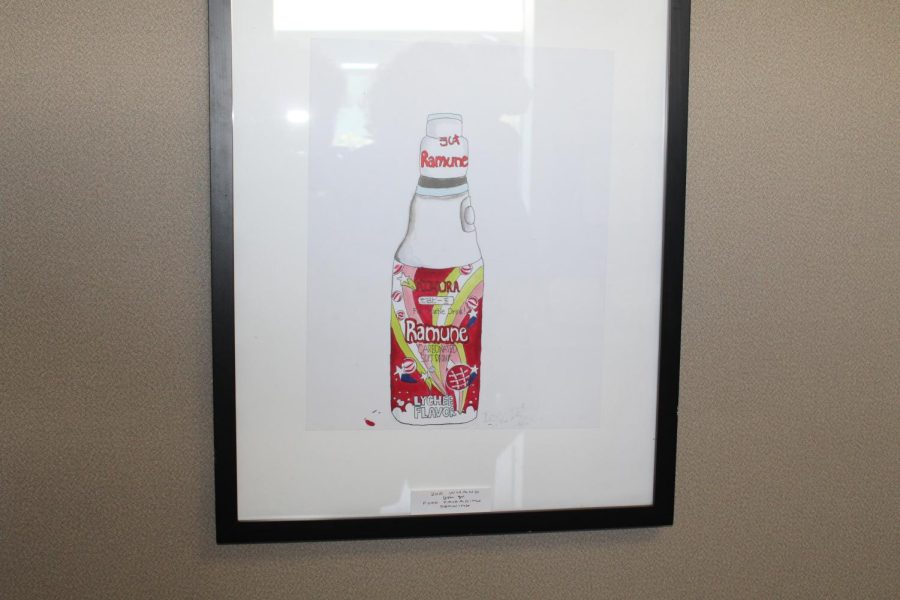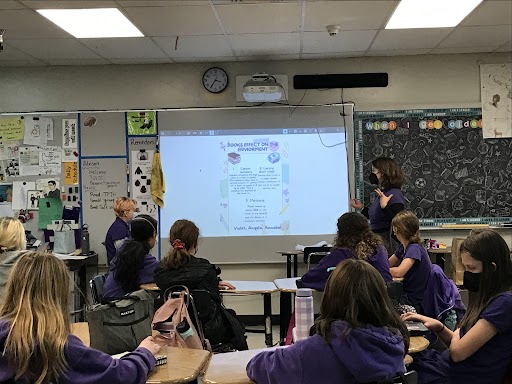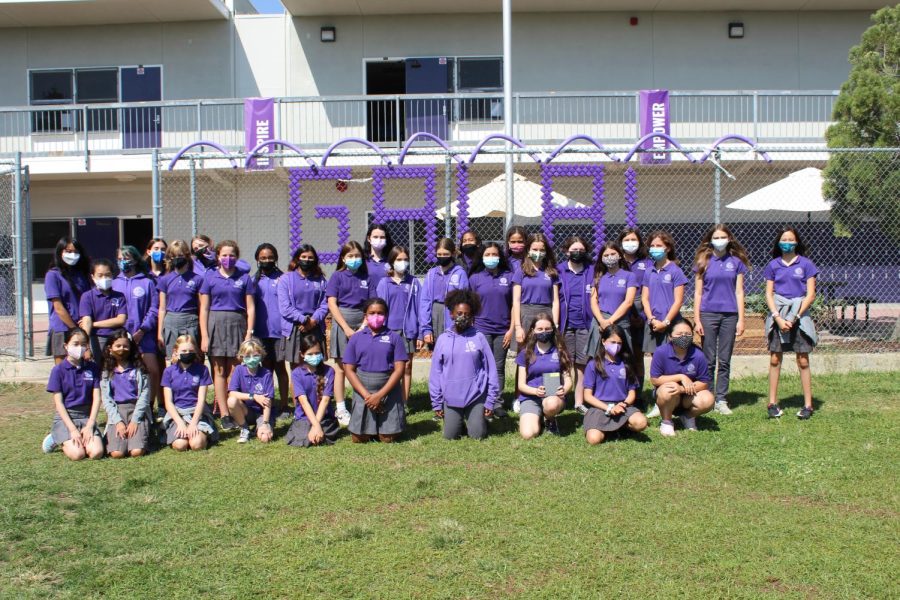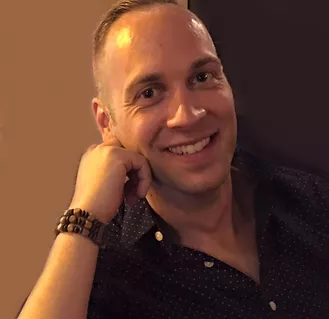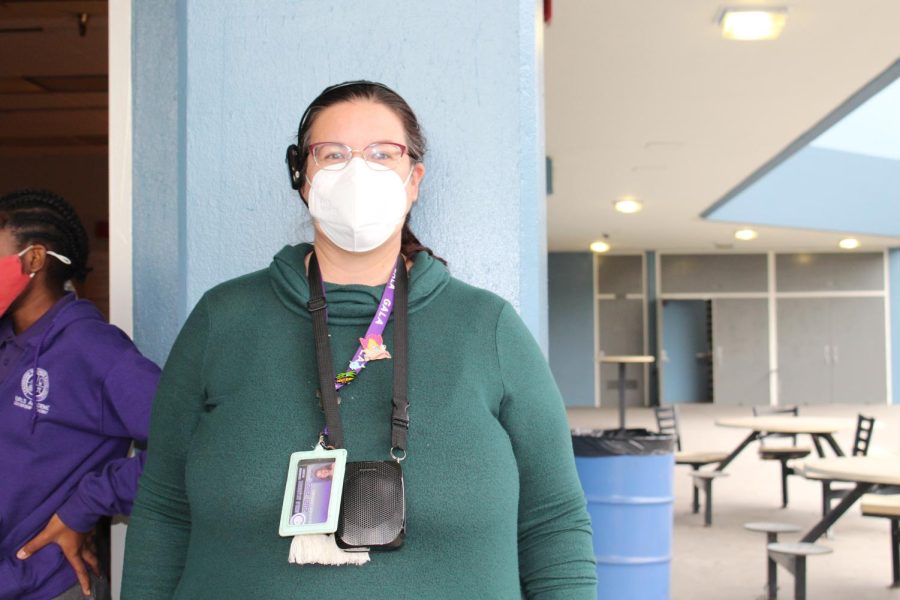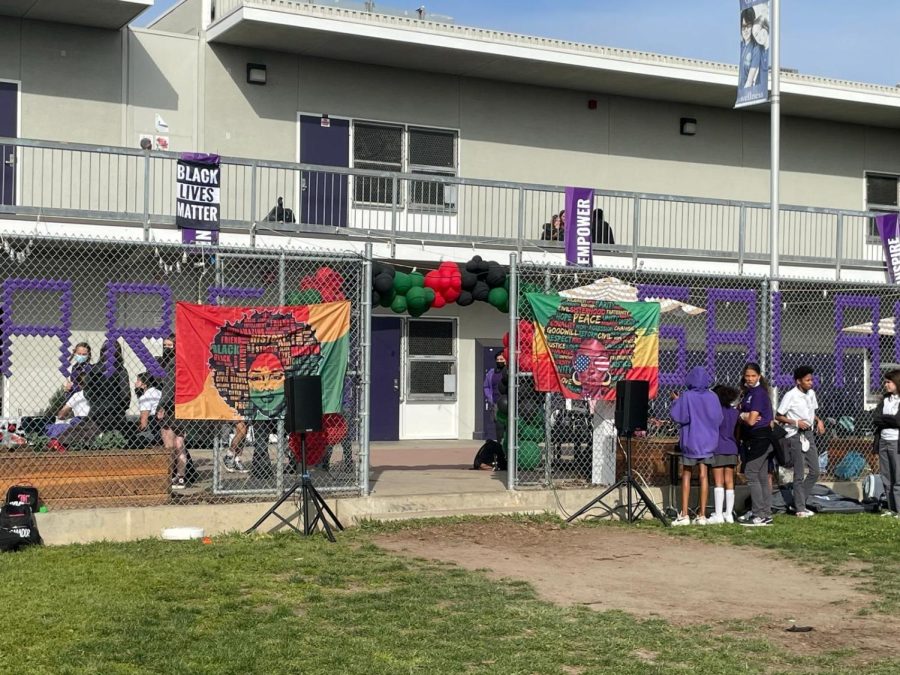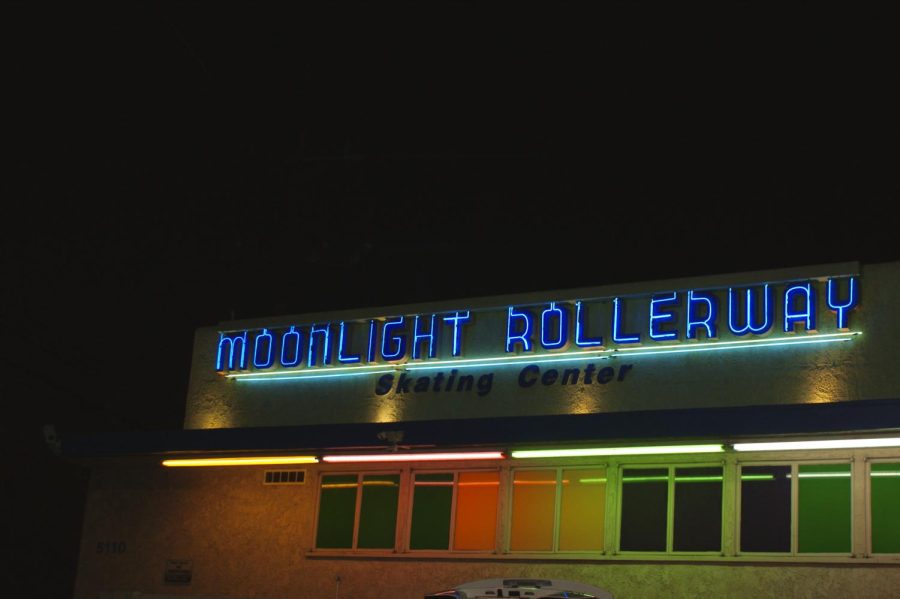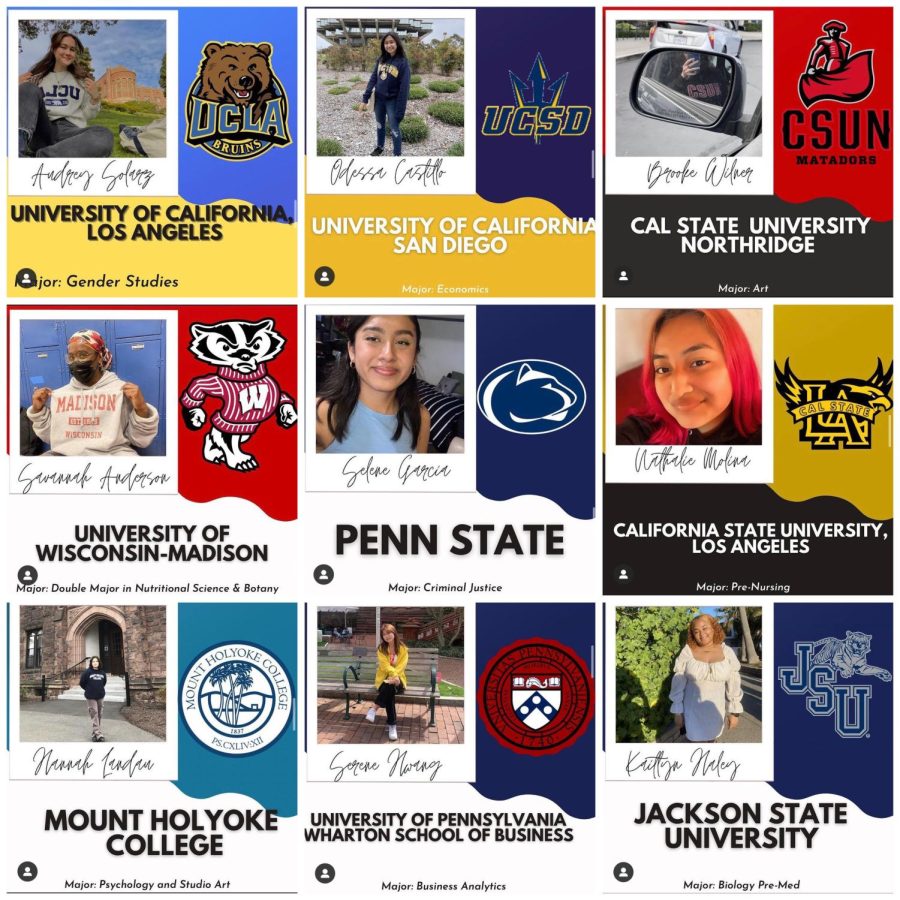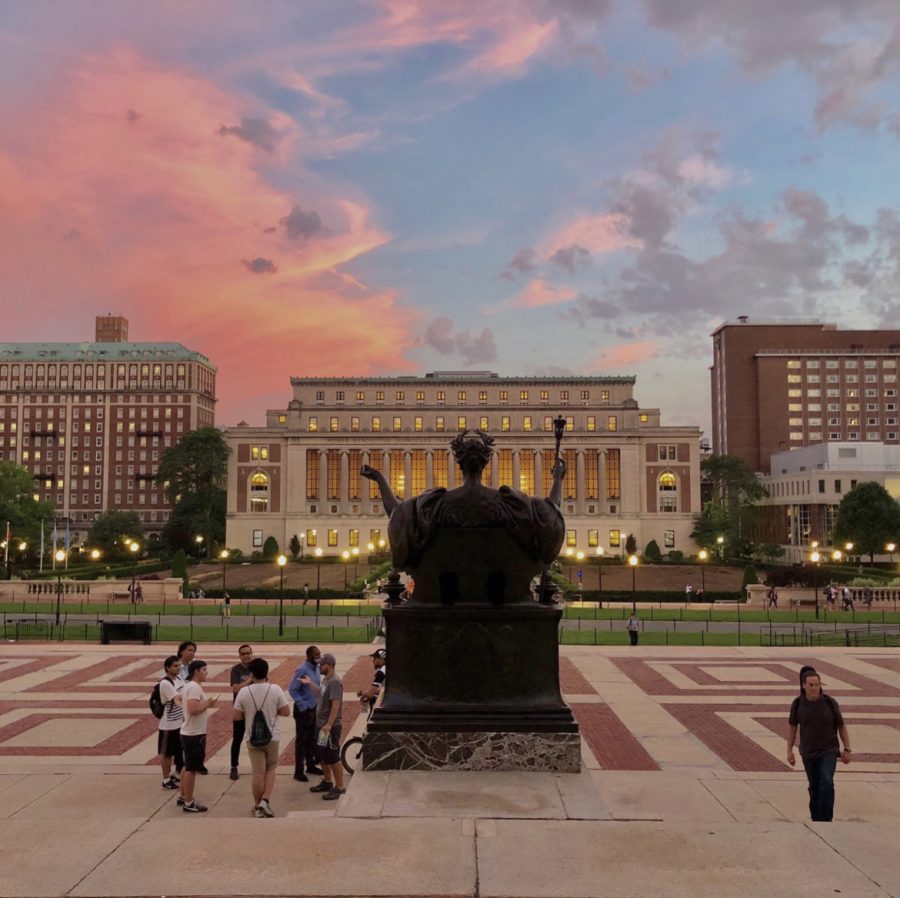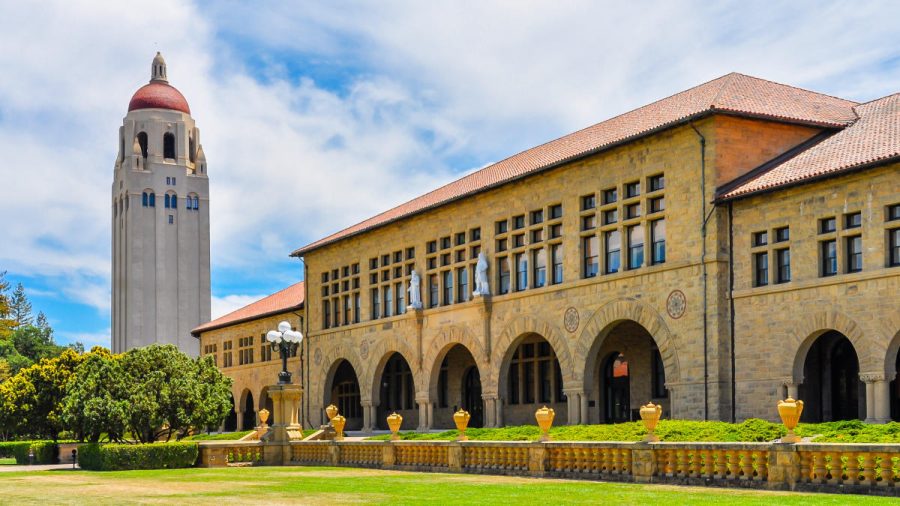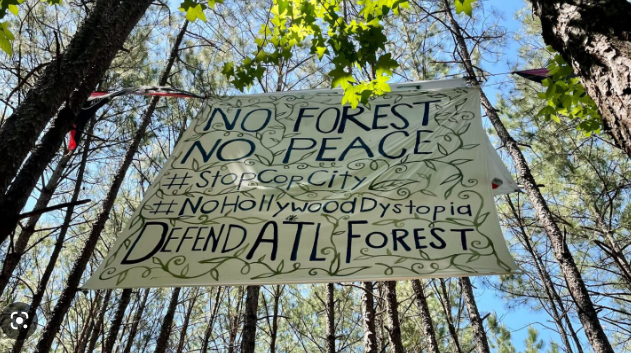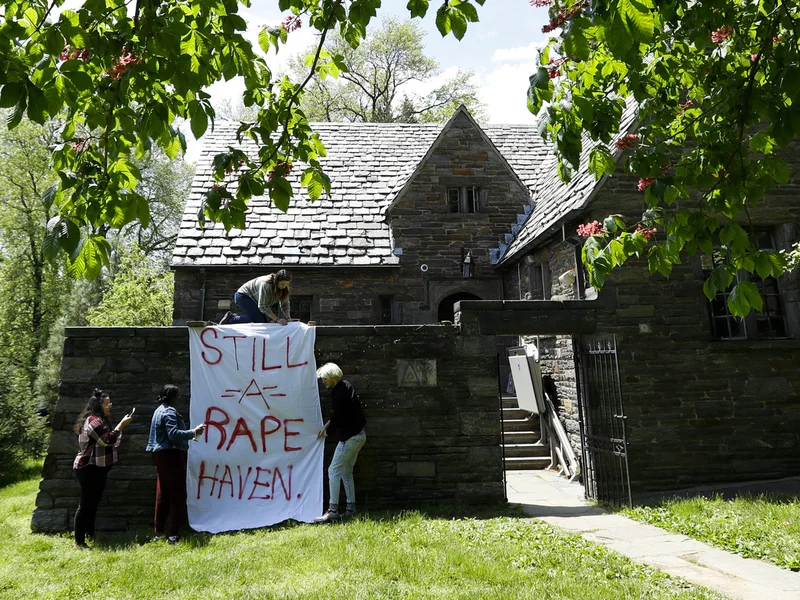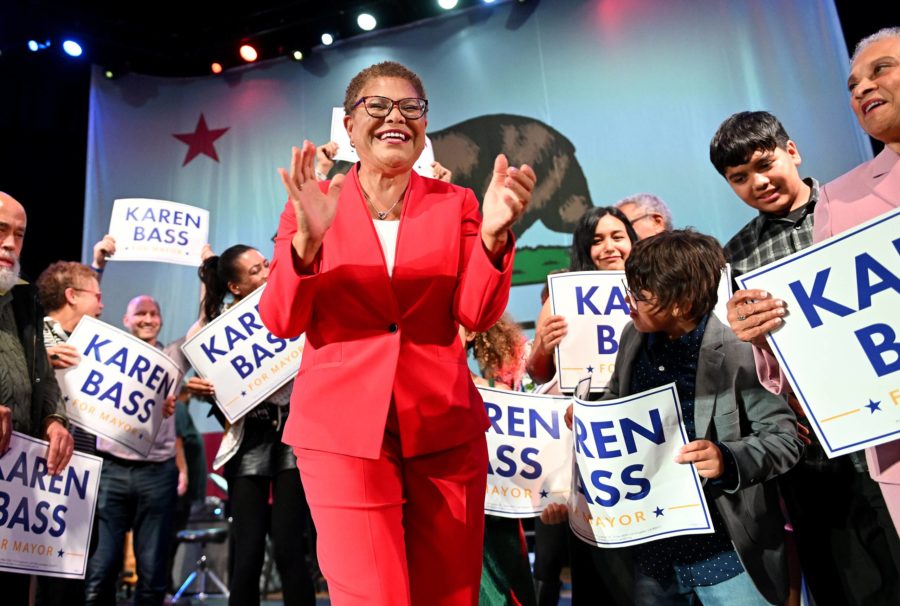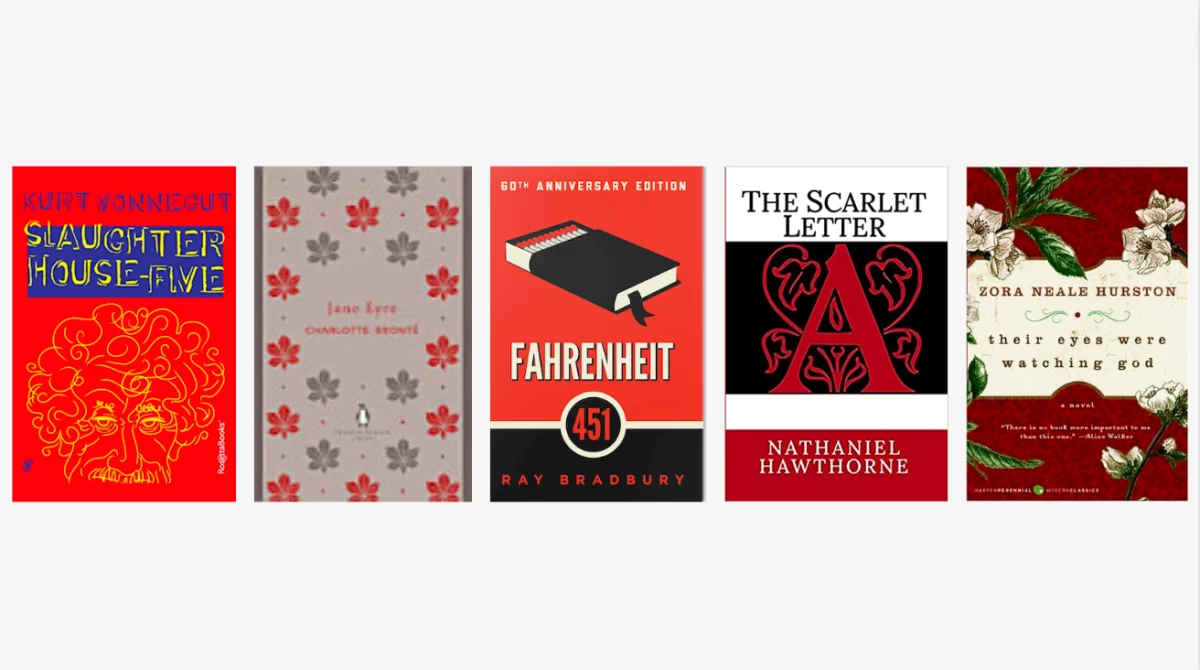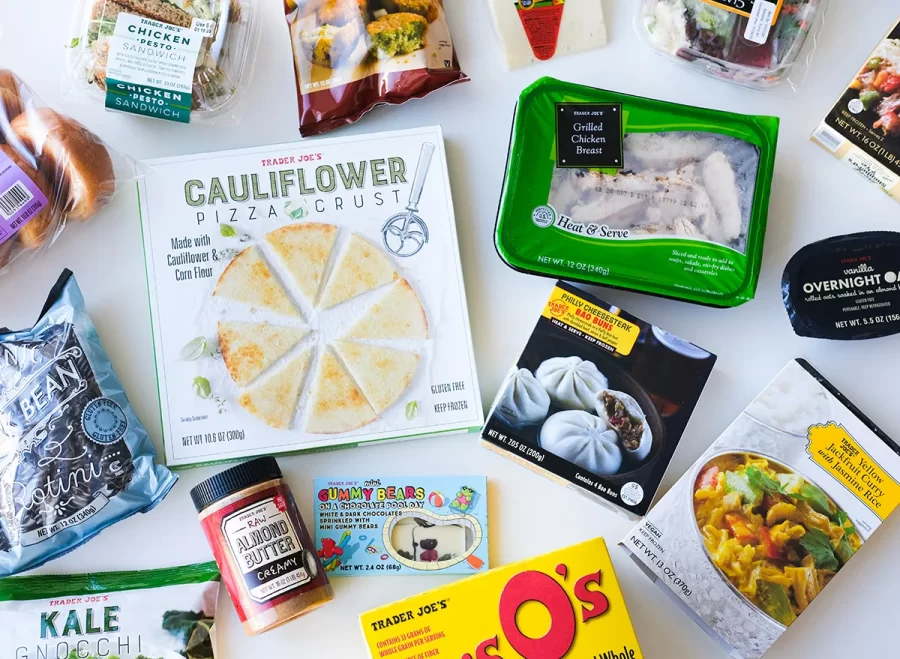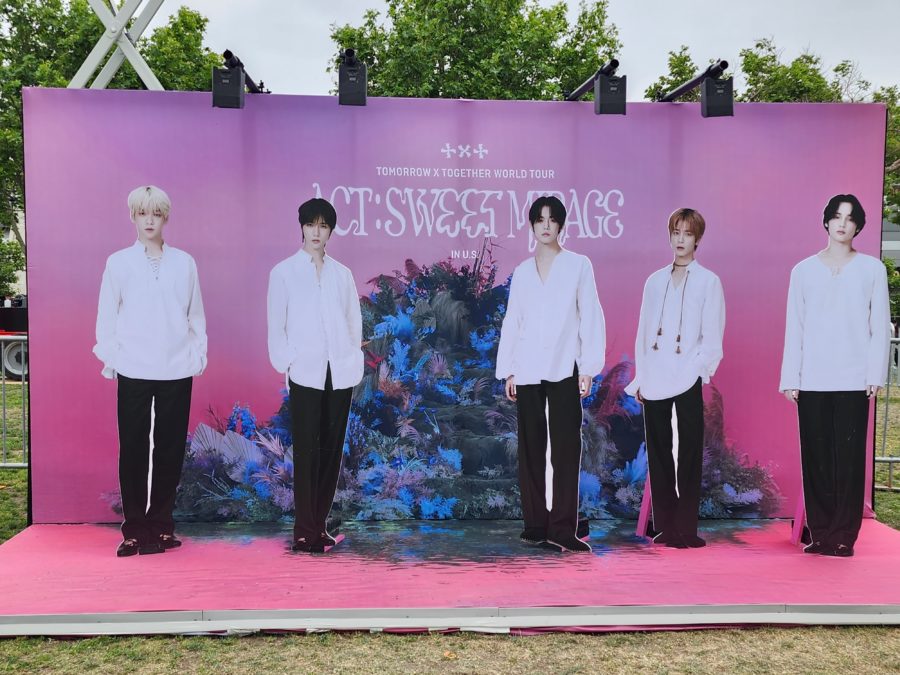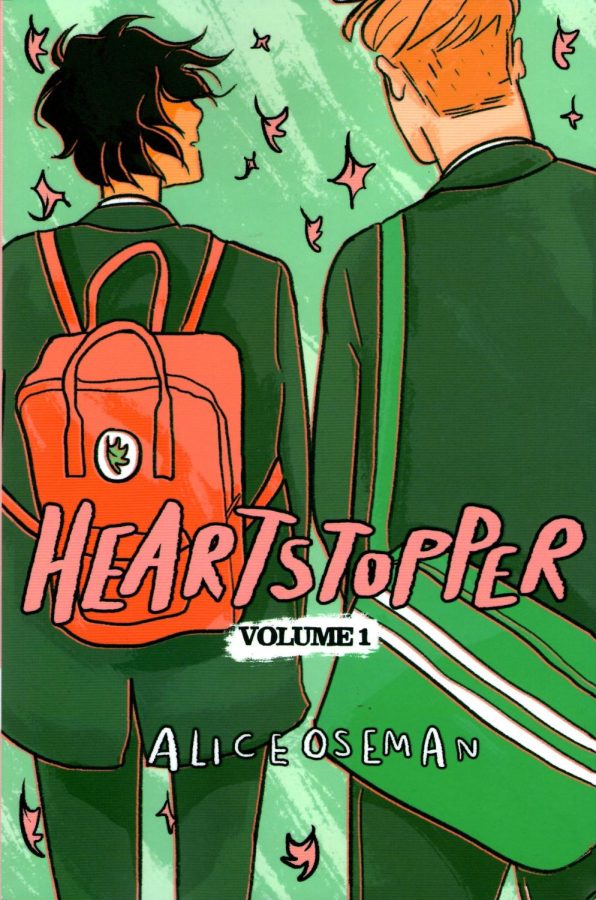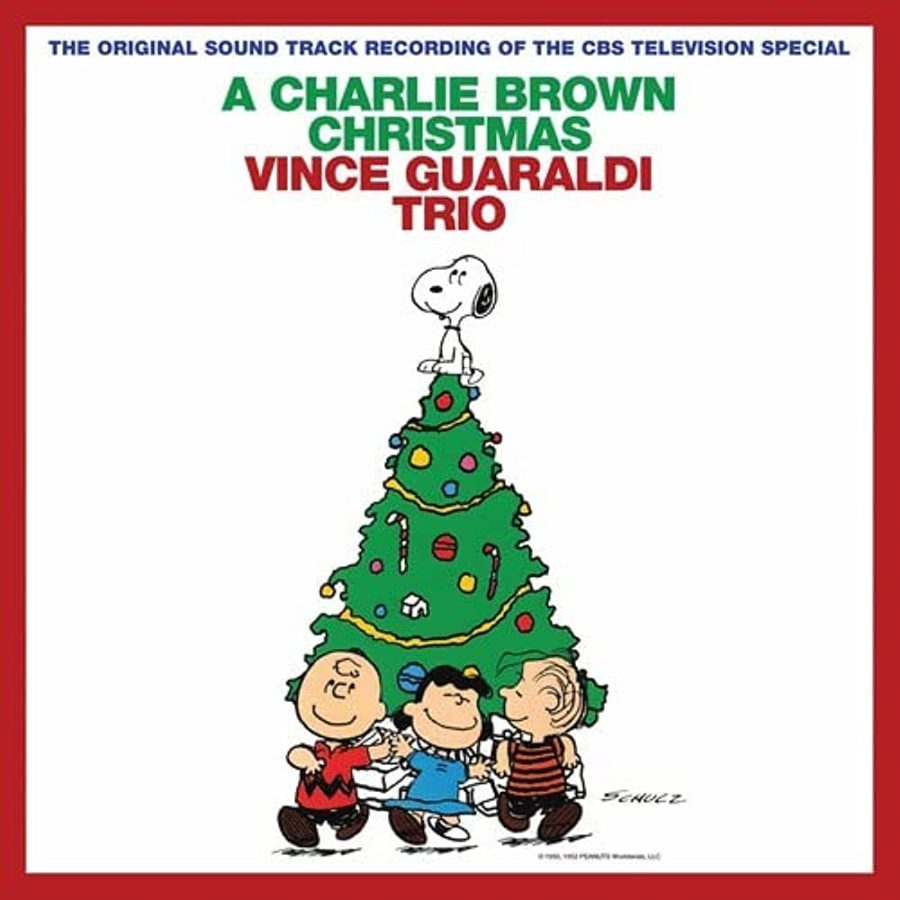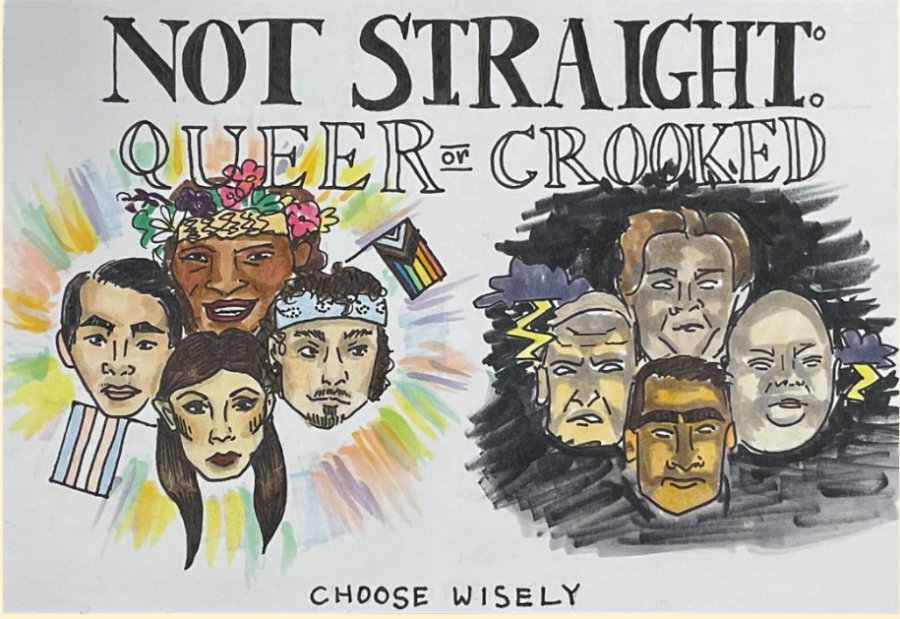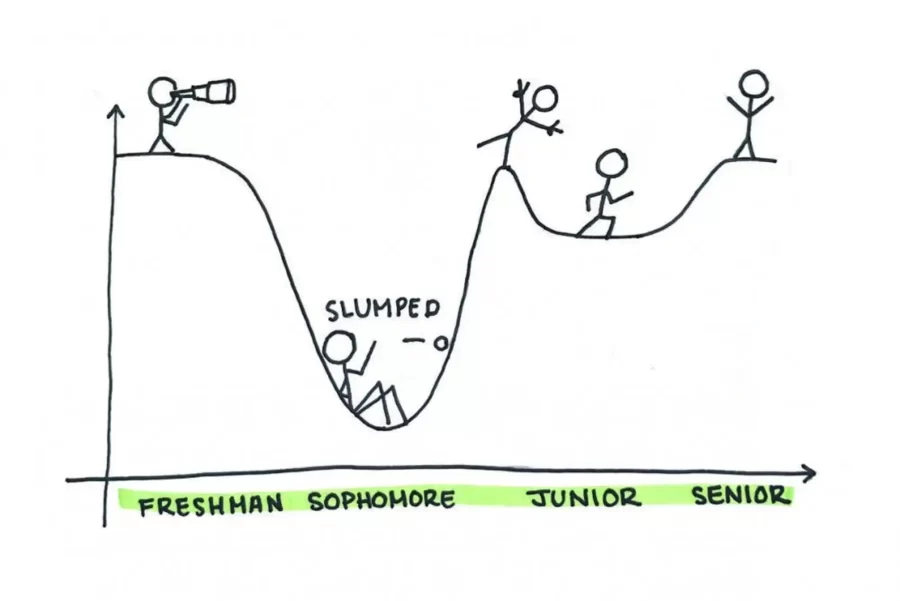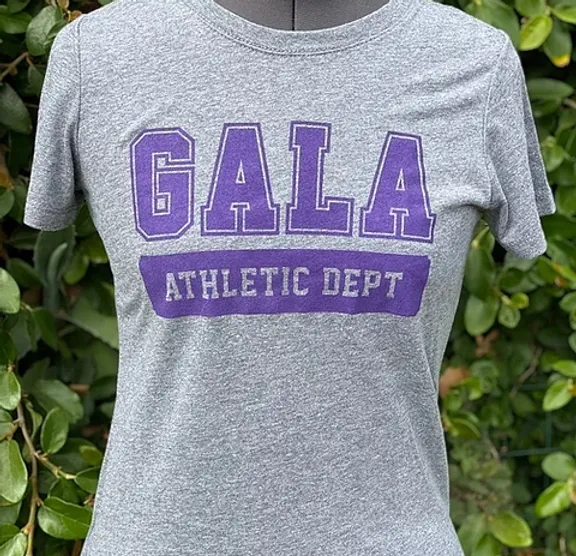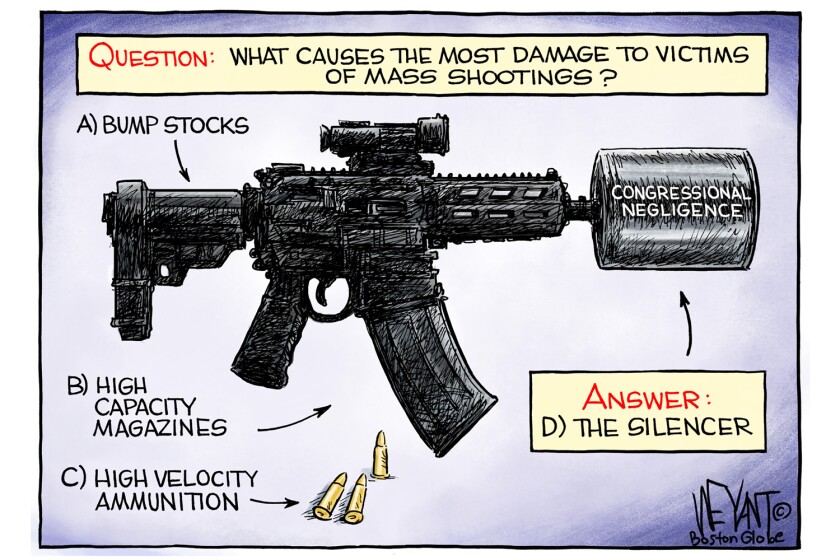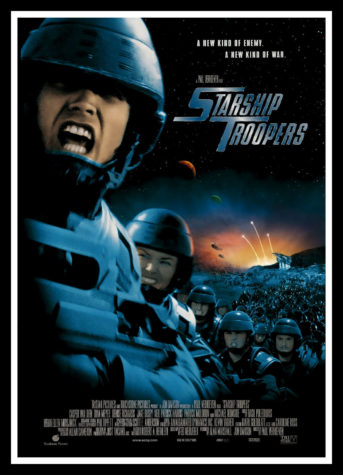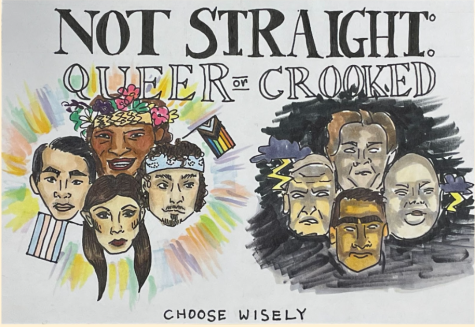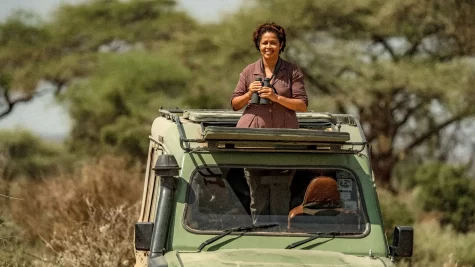Show Me the Money: the US Won’t Make Progress Until NRA Funding Leaves the Capital Floor
In 1987, in Hungerford, England, Michael Ryan went on a killing spree in mid-August, murdering 16 people before killing himself. In 1989, legislators, at the time overwhelmingly of the Conservative party, passed the Firearms Amendment Act. Within a year of the Hungerford Massacre, semi-automatic and pump-action rifles and shotguns were banned at large, as were the most dangerous forms of ammunition.
In 1986, in Edmond, Oklahoma, United States Postal Service letter carrier Patrick Sherrill arrived at work with three semiautomatic pistols and proceeded to chase and kill fifteen of his coworkers before shooting himself. The most notable response to the mass shooting was the popularization of the term “going postal” in reference to workplace violence. Workers at the Edmond Post Office who survived the massacre were forced to go into the very same building they had nearly died in the next day.
In 1996, in Dunblane, Scotland, person of interest Thomas Hamilton killed 15 children and one teacher at Dunblane Primary School before shooting himself. Within months, legislation had been drafted and passed that banned all private ownership of handguns above .22 caliber. Months later, with a new government with more Labor Party representatives, an amendment was made to the prior law, and private ownership of all handguns–regardless of caliber–was banned.
In 2007, in Blacksburg, Virginia, senior Virginia Tech student Seung-Hui Cho shot two students outside a resident dorm at 7:15 a.m., mailed a shooting manifesto to ABC News, and continued his rampage by entering classrooms in a hallway he blocked off and killing an additional 30 students and teachers, including himself. Within 10 months post-shooting, 12 states considered bills that would allow students to have concealed carry licenses on public university campuses. NIU Police Chief Don Grady told reporters following a related threat to NIU, “It’s unlikely that anyone would ever have the ability to stop an incident like this from beginning.”
In 2009, in Winnenden, Germany, 17-year-old Tim Kretschmer opened fire on Albertville secondary school, a psychiatric clinic, and then a car sales place, killing 16 people before turning the gun on himself. The gun and ammunition that Kretschmer used was his father’s, the only gun of his father’s extensive collection not locked in a secure cabinet. Less than four months later, the Weapons Act was amended, with a new reform passed that created a national gun registry and intensified government oversight on private gun storage.
In 2017, in Las Vegas, Nevada, Stephen Paddock opened fire from his 32nd-floor hotel room onto the 22,000 person Route 91 Harvest Festival crowd below. Using the 23 guns found later in his room and alternating between two shattered windows, Paddock killed 59 people before killing himself. Following news of the deadliest shooting in modern history, then-Vice President Mike Pence tweeted, “The hearts and prayers of the American people are with you. You have our condolences and sympathies.” Pence went on to voice opposition to every notable piece of gun control legislation introduced during his term.
In other countries, when there is a mass shooting, guns are restricted, background checks are strengthened, and gun manufacturers are sued. In the United States, when there is a mass shooting, thoughts and prayers are sent, gun sales spike, and the President suggests that teachers should receive bonuses if they carry a gun in their classroom.
The United States is not unique in the country’s battle with mental illness and extremist ideology that often inspires shootings: such issues transcend borders. Rather, the United States is unique in the most pathetic sense in that, as a governing body, it refuses to do anything unless money motivates it. Truly, it seems there is no amount of tragedy–no number of children dead or pairs of shoes left unfilled by a door or obituaries overflowing the newspaper section–that will ever spur anti-gun control lawmakers into action beyond sending thoughts and prayers to the families of the grotesquely slain.
Such inaction can be traced back to any number of things: gun culture, the United States’ “me, first” attitude, a split Senate, and the Second Amendment. But, just as the United States isn’t an oddity in its struggle with violence, other countries–countries that immediately and effectively passed gun control legislation following mass shootings–have Conservative populations, pro-gun cultures, and unyielding governments. Take Australia, where following a 1996 shooting and the resulting mandatory gun buybacks, the largely Conservative and pro-gun legislature and citizen-base provided little resistance to tightened gun restrictions.
So, what is truly holding the United States back from making progress in one of the country’s most heinous issues? It, at large, comes down to corruption that–unlike other countries–has avoided checks and balances in all forms: funding from the National Rifle Association.
Two days after the United States’ latest mass shooting–this time at Robb Elementary School in Uvalde, Texas that killed 19 children and two teachers–a domestic terrorism bill drafted in response to recent shootings landed on the Senate floor. To pass, the bill needed 60 votes. It received 47, with all voting Republicans voting against it.
Notable objectors of the bill, first introduced in 2017 after the Las Vegas concert shooting, included Kentucky Senator Rand Paul and Texas Senator Ted Cruz. The former was quick to send sympathies to the families of the children killed in the Uvalde shooting, tweeting “[My wife] and I are horrified by this senseless massacre. Our prayers go out to the victims and their families.” Yet, 48 hours later, Paul slammed the bill, calling it an “insult to every police officer in this country.” It should be noted that Paul’s anger was directed toward the section of the bill that aimed to “combat the infiltration of white supremacy in the military.”
Senator Cruz, too, refused to support the bill drafted in response to shootings like the one that days before ravaged the very state Cruz represents. Instead, Cruz stood by the anti-gun control position he’s held since he first took office and flew to Houston where, on May 28, he spoke at the NRA’s annual conference. At the convention, he defended himself, arguing that if gun bans did indeed work, “Chicago wouldn’t be the murder hellhole that it has been for far too long.” (The New York Times noted that, “The three cities with the highest gun homicide rates (adjusted to population size) — Jackson, Mississippi; Gary, Indiana; and St. Louis — had rates double that of Chicago’s or more. All are in states with more permissive gun laws than Illinois.”)
The senators’ refusal to support gun control measures of any kind isn’t surprising. Rather, it reinforces how far NRA funding has sunk its claws into the backbones of GOP politicians. In Senator Cruz’s own state, a massacre of 19 elementary school children was outweighed by the NRA’s $176,274 funding to Cruz’s campaign. For Senator Rand, the NRA’s $104,456 donation was the price of hypocrisy.
We can not even begin to think about making progress in the GOP when it comes to gun control until the very organization that’s existence relies on a lack of gun control is no longer a factor in how politicians vote. In total in 2019, the NRA spent $3.22 million supporting politicians who explicitly vowed to rally against gun control measures. If you were to take away that $3.22 million, there is no telling who would be in office, and more importantly, how gun control would be voted on.
No amount of thoughts or prayers sent by politicians will ever amount to the change that voting in favor of gun control contributes. If the United States is to ever promise a future to children that is free of active shooter threats and funerals for classmates, this country must ban candidate funding from vested-interest organizations. For, the NRA isn’t just buying votes, it’s putting a dangerously low price tag on children’s lives.

Maya (she/her) is a lover of historical fiction novels, cherry tomatoes, and all things coffee-related. When not writing, you’ll likely find her debating...
